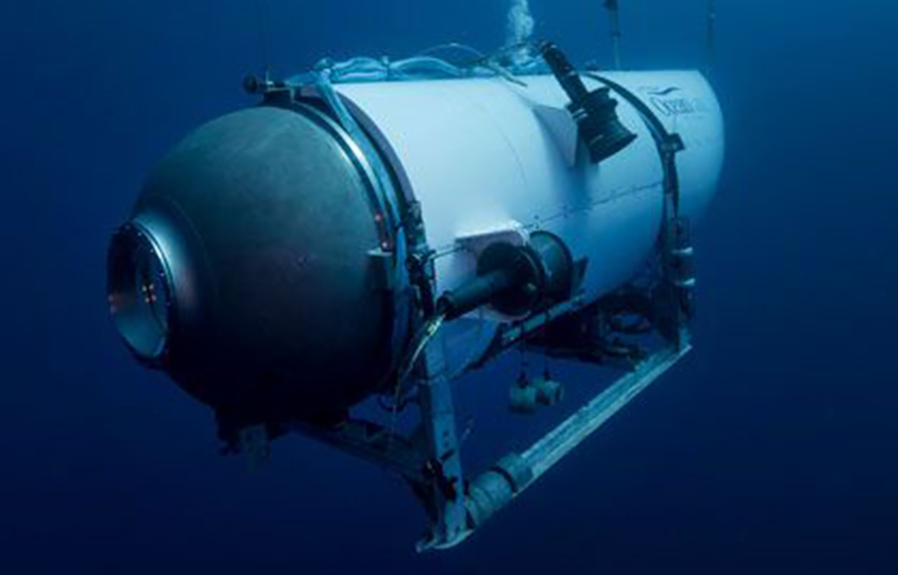SPOKANE — Among the revelations in recent reporting on the missteps before the Titan submersible disaster was the news that the project’s leader had employed college interns in the design of the vessel.
Those who follow the news in the Northwest may already have known that.
Students at Washington State University’s Everett campus worked both before and after graduation on designing an earlier version of the submersible’s electrical system in advance of a series of planned dives in 2018.
Two students began working for OceanGate, the company that built the vessel, while still enrolled in engineering courses and then after graduation, at which point they helped recruit other students to do senior “capstone projects” there, according to WSU.
Their involvement was touted in a 2018 article in the WSU Insider, a university-wide publication, and covered by several regional news outlets.



